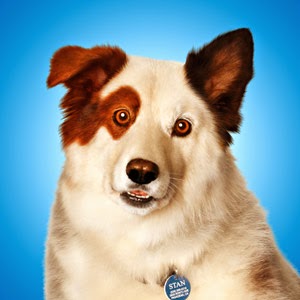Deficiency of vitamin
Vitamins are substances or elements that are needed in order
to live a healthy dog. If the deficiency of vitamins then the dog will be
deficient. Vitamin deficiencies are common in dogs include deficiency of
vitamin A, D, E and B complex.
Deficiency of Vitamin A
Vitamin A deficiency is characterized as follows:
- Disorders of the eye, eyes misty, watery eyes. Severe deficiency can lead to blindness, xerophthalmia.
- Stunted growth, stunted.
- Disturbance on the back foot when walking so dragged.
- Fatigue, weakness, rough and dull fur.
- Restlessness, skin inflammation and neurological disorders.
- Miscarriage, children who are born weak, eye abnormalities, decreased fertility.
- Body resistance to disease is low, susceptible to disease infection.
Deficiency of vitamin D
Vitamin D deficiency is usually due to lack of sunlight into
the cage. Deficiency of vitamin D have the following signature: arthritis and
swelling, decreased appetite, looked thin, stunted growth, often become
stunted, fragile bones brittle, coarse fur and dull, sometimes bleeding under
the skin, richetsiosis disease.
Deficiency of vitamin E
Animals in dire need of vitamin E because the body naturally
cannot make vitamin E. This vitamin thus should be added to food. If up to a
deficiency of vitamin E, it would appear the symptoms associated with fertility
genitals. Deficiency of vitamin E resulted in the following matters: the case
of infertility in the parent, passion disruption in male dogs, muscle growth
disorders, disorders of the muscles, and then continues into dystrophy muscle,
skin diseases, dermatitis, feathers fall out easily, becoming an adult slow sex
and sometimes continued with infertility.




